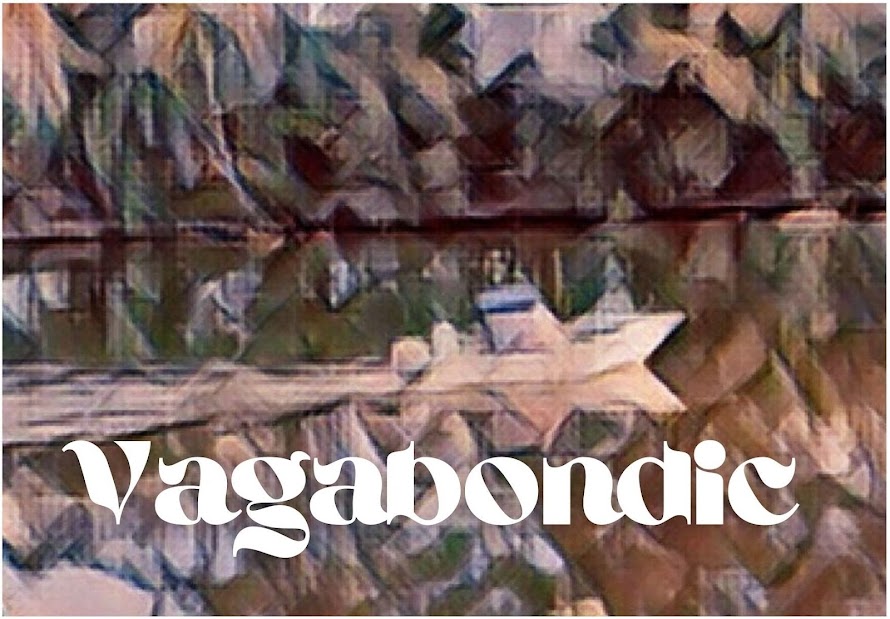Anyway, upon returning to Liberty House I sent this repot to my Mum and Dad, a glowing report you might say, complete with choice photos:
I went to have a look at my new apartment today and I was amazed by what I saw. It is one of the best apartments I have seen in Japan, brand new and already set up with high tech fixtures like airconditioning and climate control, a computerised bathroom, walk-in wardrobe, and so on. It doesn't seem like anyone has lived here before -- it all looks so new and clean. And it is only costing me $150 a week -- I don't think you could rent a brand new 3-room apartment in Sydney for $150 a week. But since my boss is the owner of the apartment block, I think he is giving me a substantial discount.
 |
| High-tech features, and a little cupboardy thing in the genkan (Japan, 2007) |
There is no furniture but I don't need a bed, since I usually sleep on the floor these days Japanese style (but it might be hard on a wooden floor.)
 |
| Micro-kitchen, tucked into a corner (Japan, 2007) |
I already have a TV and computer and from what my boss was saying, it sounds like Internet and cable TV is free at his apartment.
 |
| Pristine kitchen sink, and a green tiled wall (Japan, 2007) |
I was planning to buy a fridge but I think my boss said he could lend me one of his.
 |
| I have been dreaming of an airconditioner since I first moved to Japan, and I might soon have one! (Japan, 2007) |
The only thing I need is a washing machine but right next to the apartment block, there are a whole bunch of washing machines on the street -- you can take your clothes there, put in some money, and wash your clothes right there on the street. I am also sure I saw some fridges sitting on the street when I was walking back to the train station, and some other furniture which people had thrown away.
 |
| Nifty little walk-in wardrobe (Japan, 2007) |
All in all the new apartment is about 100 times better than the place I live now, and a big step forward. Even though I would rather be in Vietnam -- I feel like going back down later in the year to check things out. But at least I have a secure home in Japan to come back to.
